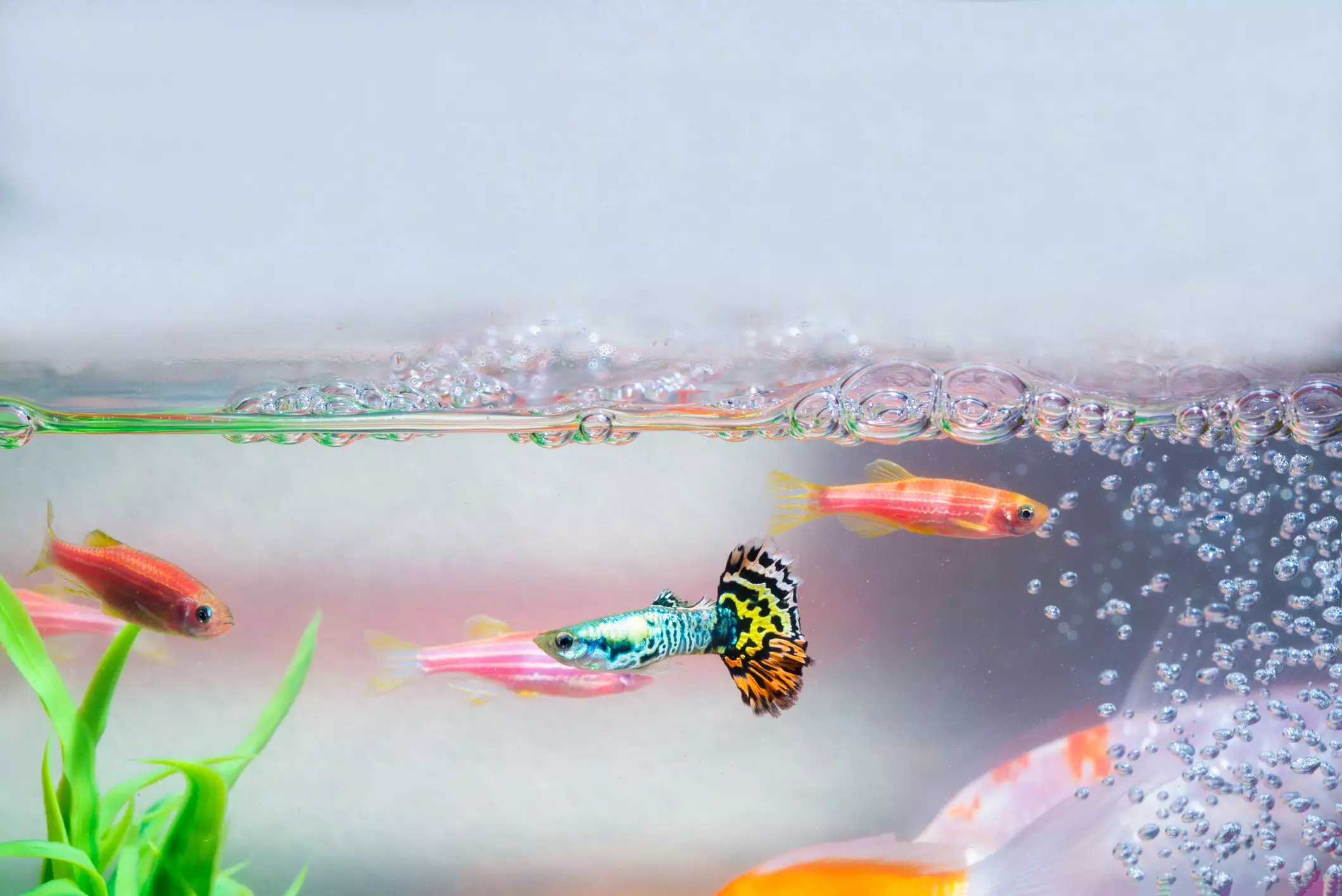Maintaining the right temperature in your aquarium is crucial for the health and well-being of your aquatic pets. Unlike warm-blooded animals, fish and other cold-blooded creatures depend entirely on their surrounding environment to regulate body temperature. This article will explore the different types of aquarium heaters, their installation, sizing considerations, and best practices for maintaining a stable aquatic environment.
Understanding Aquarium Heaters
Aquarium heaters come in various forms, each designed to serve different tank sizes and heating requirements. The main types of heaters are hang-on-tank heaters, submersible heaters, and heating cables. Each type possesses its own set of advantages and limitations, and understanding these can help you make the best choice for your unique aquarium setup.
Hang-on-tank heaters are often simpler to install and maintain, clinging to the back of the tank with hooks or suction cups. While they can effectively heat smaller aquariums, their efficiency tends to decrease in larger setups due to their limited surface area in contact with the water. For optimal temperature regulation in spacious tanks, using multiple hang-on heaters located at opposite sides can help achieve uniform heating.
Submersible heaters, on the other hand, are usually more efficient and provide consistent warmth. These heaters are fully submerged in the water and can be placed either horizontally or vertically, often positioned near the substrate. This allows for a more even distribution of heat, making submersible heaters ideal for larger aquariums where maintaining a stable temperature is crucial.
Heating cables offer a more specialized approach to heating. Installed beneath the substrate, they are excellent for freshwater-planted tanks as they help eliminate cold spots. However, they require significant effort to install and repair, making them a less favorable option for saltwater aquariums. Their positioning under gravel can also complicate maintenance.
Choosing the right heater involves understanding the relationship between the wattage of the heater and the volume of water in your aquarium. The general guideline suggests using 2.5 to 5 watts per gallon of water. However, this may vary based on your specific tank requirements and the temperature of the environment where your aquarium is situated.
To determine how much heating power your tank needs, first, calculate the temperature difference between your targeted water temperature and the average room temperature. For instance, if your room is at 68 degrees Fahrenheit and you need your tank at 77 degrees Fahrenheit, you have a heating requirement of 9 degrees. If your tank is 20 gallons, you would need a heater around 50 watts. In colder spaces or larger tanks, consider employing two heaters to ensure even heating throughout the tank.
Selecting the correct number of heaters and their individual wattages will help avoid overworking a single unit, which can lead to premature failure. Keeping multiple heaters can provide a safety net; if one fails, the other can maintain a stable environment until a replacement is found.
Proper installation is vital for effective temperature management. Generally, the heater’s tube length should match the height of your aquarium to ensure efficient heat dispersion. Position the heater near the water outflow from the filter; this promotes the circulation of warm water throughout the entire tank, avoiding localized hot spots.
Before undertaking maintenance activities such as water changes, always remember to unplug your heater to prevent it from overheating when removed from the water. Regularly monitor the heater’s functionality and consider investing in an extra unit to keep on hand as a backup.
Some heaters come with precise thermostat settings that allow for accurate temperature control, while others offer a range without specific temperature markers. The former is usually superior for precise management but requires careful monitoring to confirm that the heater is maintaining an optimal environment.
Monitoring Aquarium Temperature
To ensure consistent water temperature, utilize an aquarium thermometer and check various areas in the tank, as temperature may fluctuate. Both manual and digital thermometers can be effective; just ensure you are thorough in your monitoring to confirm uniformity and that the heater is operating effectively.
By investing time in understanding your aquarium heating needs, selecting the right heaters, and maintaining a watchful eye on water temperature, you create a comfortable habitat for your fish, contributing to their health and longevity. Following these guidelines will not only enhance your aquarium setup but also provide a thriving space for your aquatic creatures.


Leave a Reply